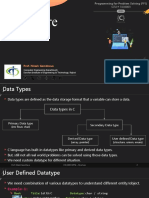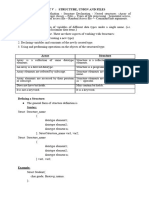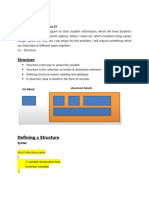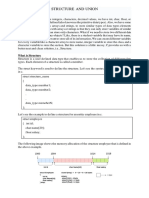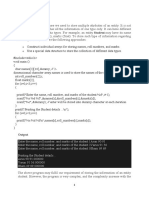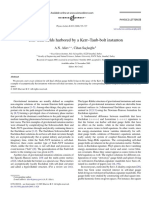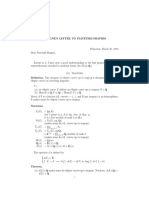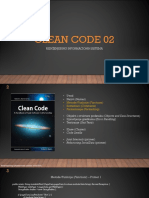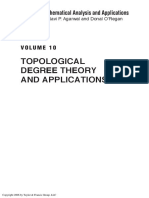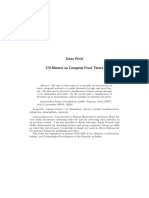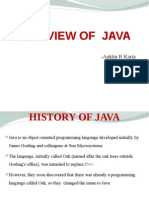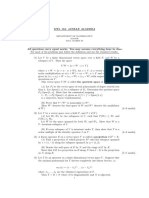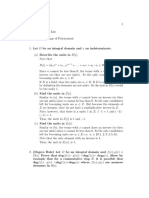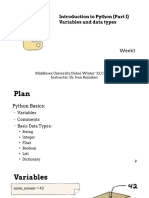0% found this document useful (0 votes)
41 views22 pagesPPS - Unit 8
The document discusses structures in C programming. It defines a structure as a collection of logically related data of different data types grouped together under a single name. Some key points:
- Structures allow combining different data types like integers, floats, chars etc to represent real-world entities.
- Structure variables are declared to access member elements using dot (.) and arrow (->) operators.
- Arrays of structures can be used to represent multiple structures.
- Structure pointers can also be used to access member elements through dereferencing the pointer.
- Examples are provided to demonstrate declaring structures, defining structure variables, reading/writing members, and using arrays and pointers with structures.
Uploaded by
raaharpalsinh1Copyright
© © All Rights Reserved
We take content rights seriously. If you suspect this is your content, claim it here.
Available Formats
Download as PDF, TXT or read online on Scribd
0% found this document useful (0 votes)
41 views22 pagesPPS - Unit 8
The document discusses structures in C programming. It defines a structure as a collection of logically related data of different data types grouped together under a single name. Some key points:
- Structures allow combining different data types like integers, floats, chars etc to represent real-world entities.
- Structure variables are declared to access member elements using dot (.) and arrow (->) operators.
- Arrays of structures can be used to represent multiple structures.
- Structure pointers can also be used to access member elements through dereferencing the pointer.
- Examples are provided to demonstrate declaring structures, defining structure variables, reading/writing members, and using arrays and pointers with structures.
Uploaded by
raaharpalsinh1Copyright
© © All Rights Reserved
We take content rights seriously. If you suspect this is your content, claim it here.
Available Formats
Download as PDF, TXT or read online on Scribd
/ 22



